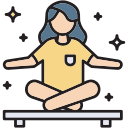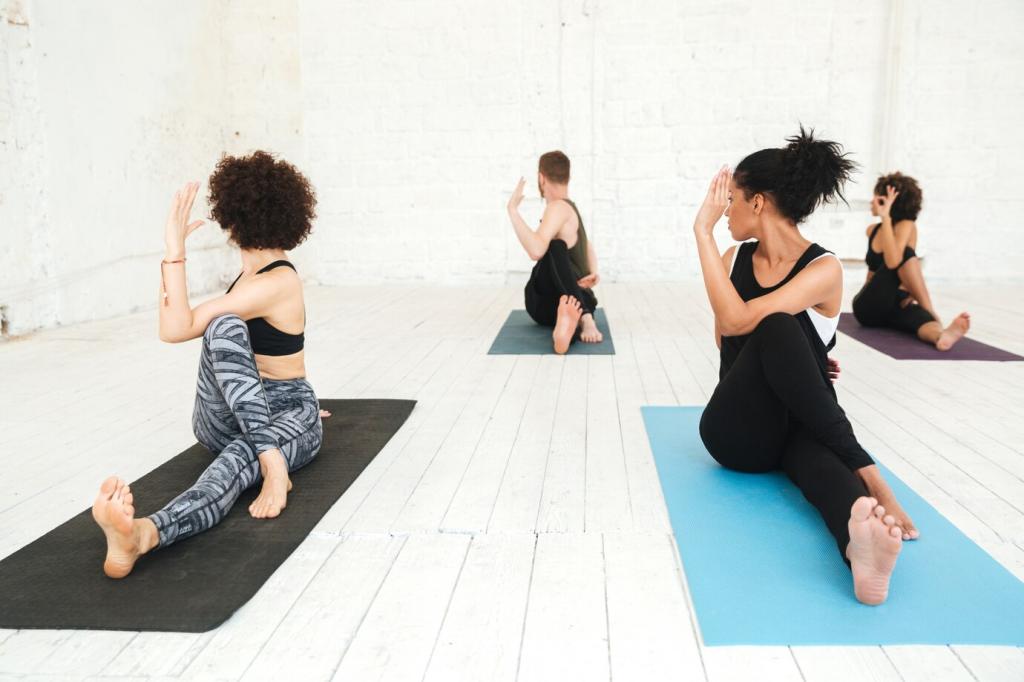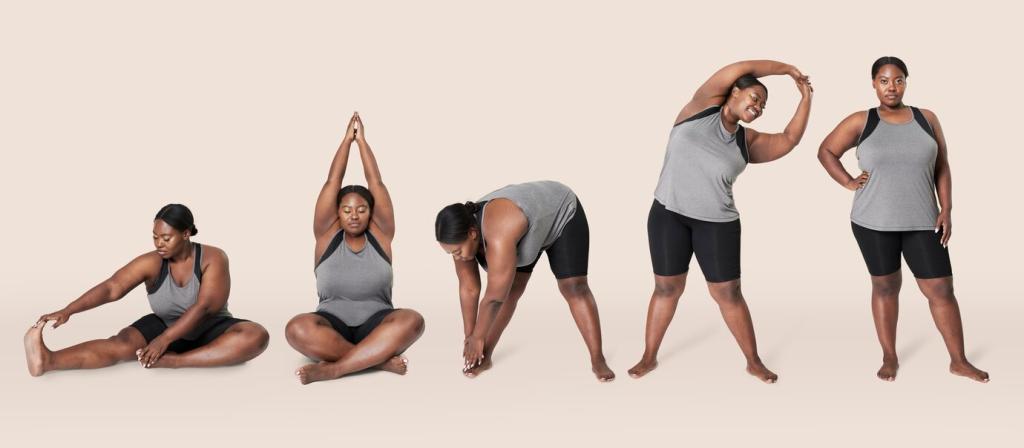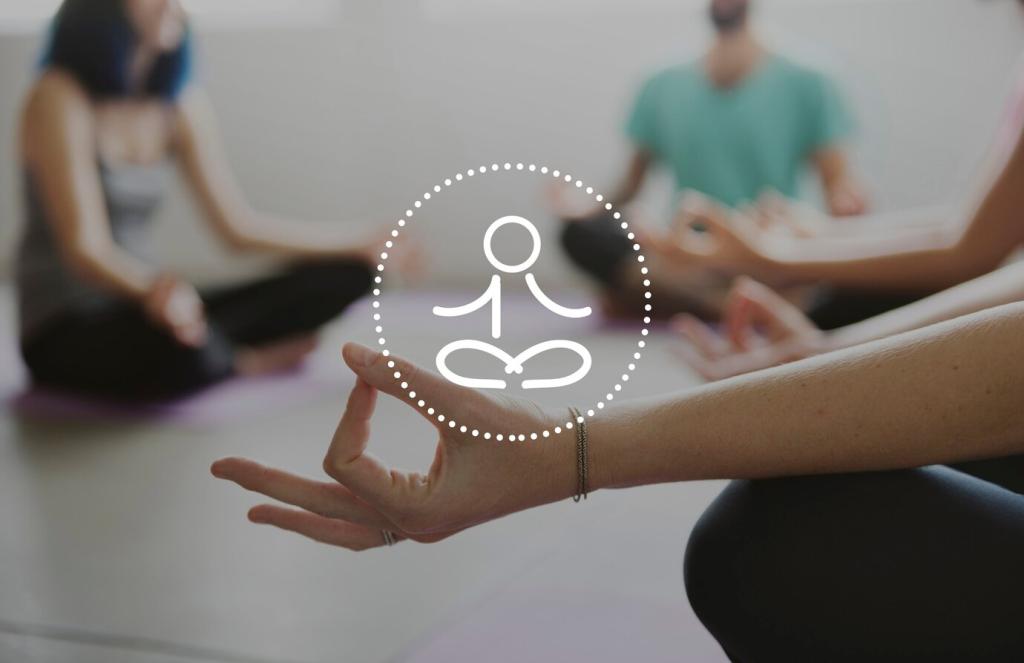Breath-Driven Core: The Spine’s Bodyguard
Inhale widens the ribs, exhale knits the lower belly while the pelvic floor gently lifts. Pair this with plank variations and boat pose holds to protect lumbar segments. Record a thirty-second breath-core set daily and share how your change-of-direction drills feel after one week.
Breath-Driven Core: The Spine’s Bodyguard
Yoga builds anti-rotation through isometrics: press palms together in standing twists, stabilize in bird-dog, and hold powerful side planks with controlled breathing. This quiet strength resists torque in tackles or quick feints. Comment your toughest pose and we will offer a progression tailored to your sport.



